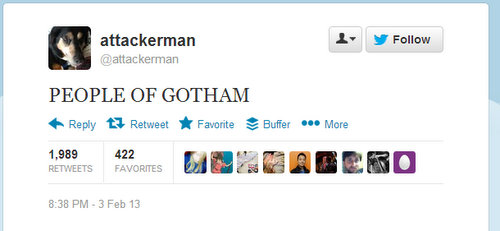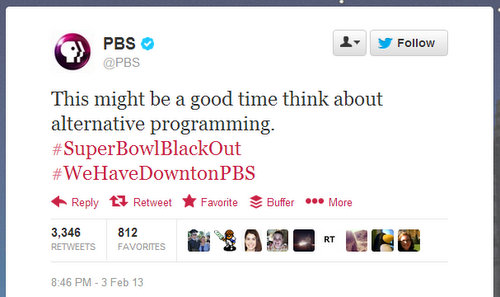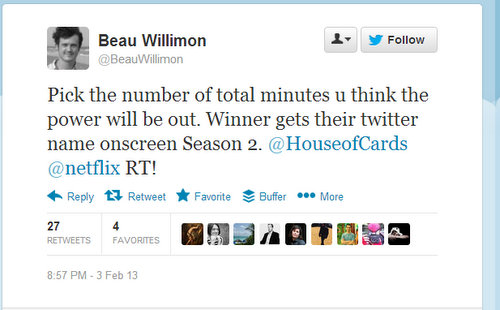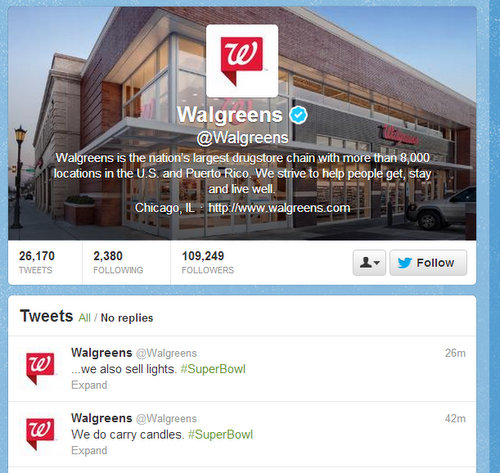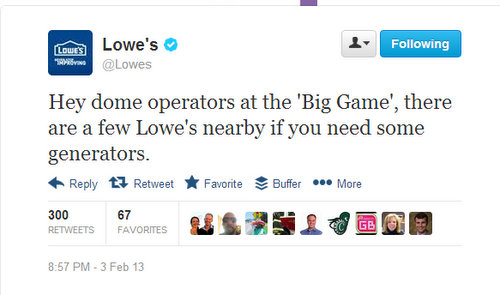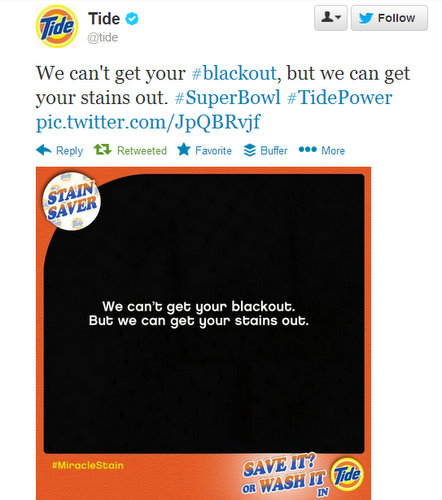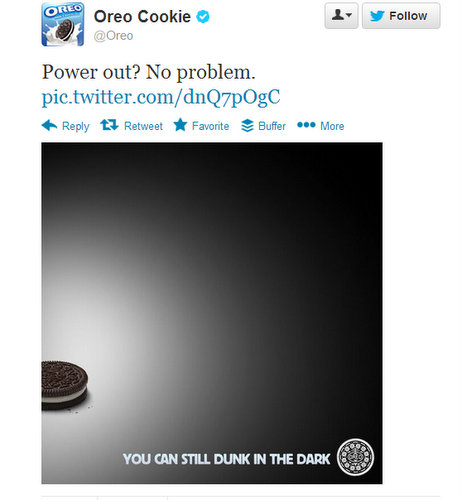About six to eight months ago, I got this idea in my head to actually buy some Twitter followers. Not because of any desire to increase my numbers, but I was genuinely curious about the process. I wanted to be able to back up my gut feelings about this practice with cold, hard facts. I’ve been hemming and hawing about it for this long because I don’t think it’s a good way to grow a following. At all.
In a moment of late night impulsiveness, I finally bought followers. (Just saying that makes me feel like I’m confessing to some horrible transgression.) Did this change my views on the value?
Why would someone want to buy followers?
As is pointed out in this article, there is a certain perception in having a large following on Twitter. Follower count is used to determine your score on Klout, Tweet Grader, Tweet Level, and Kred uses follower count to a certain degree, but it doesn’t seem to have the same affect on scores. PeerIndex doesn’t use follower count as a variable, but maybe that’s because the CEO has allegedly bought followers.
Even if you don’t care about any of these automated influence measurement tools, when you know that people who follow you are checking out your account, a low follower count can make you feel pretty inferior. So, do you stay the course and grow organically or do you gamble on the cheap, easy tactic of buying followers to create a different perception.
The Pitfalls
I opted for a service that I could buy targeted followers from. I wanted some degree of authenticity (if possible) rather than an influx of fake followers. I wanted to buy 1,000 - a substantial number, but nothing crazy like the 27,000 the guy bought in the link above. Part of the reason is I wanted to see if anyone noticed and said anything, so the number needed to be truly noticeable. So far, nothing unless people are chatting about it behind my back. ;)
When all was said and done, well over 2,000 followers were added to my account and they were as fake as the day is long and in no way targeted by subject matter or geographic location. But yay! I have a 1-year guarantee that they won’t unfollow. (Do you feel me rolling my eyes?)
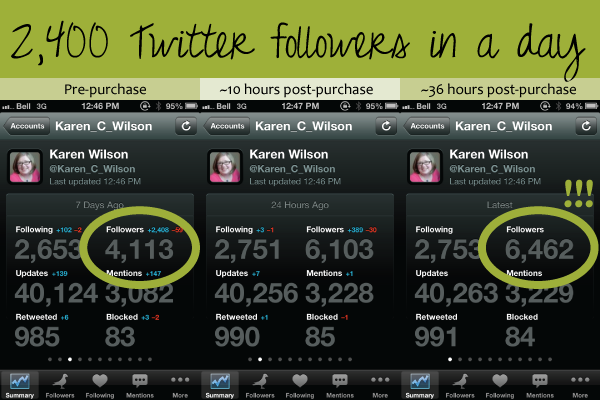
Status People made this nifty little Faker tool that tells you what your mix of followers looks like. I checked before I bought the followers. I had 93% good, 5% inactive and 2% fake. In the last year, I have been blocking obviously fake accounts, so the 2% must have followed prior to that time.
Now that I’ve got this influx of new “followers”, here’s my score:

I think it’s safe to say that my assumptions about this process were correct, despite those who still see it as a legitimate marketing practice.
Other ramifications to consider
1) Impact on influence
Let’s return to the topic of influence measurement tools from above. Do you care about those numbers? Buying fake followers can actually have a negative impact on the ones that look at follower count. Because many of those accounts mass following you on Twitter are fake, you’ll undoubtedly lose followers as the fake accounts are deleted or blocked. Mass unfollowing will hurt your influene scores in the short term.
Assuming you don’t care about influence tools, if you care about your audience, you don’t want to get caught trying to fool them. Although buying followers as a prank did amuse me, but for all the reasons I’ve stated I wouldn’t do that to someone else.
2) Financial vulnerability
There is something inherently unethical about buying Twitter followers. It’s cheating the system. Even if you buy from a service that truly targets the following to genuine accounts, it still gives an false impression to those who later choose to follow you. Even worse, if you happen to choose a disreputable service (and let’s face it, these services aren’t known for ethical practices), you could be handing your credit card information over to someone and regret that decision later.
3) Biggest red flag of all - it’s not allowed
Most articles I’ve read about this topic would lead you to believe that there’s nothing in Twitter’s terms of service that would prevent you from legitimately buying followers. Unfortunately, they’re incorrect. The terms of service state:
Spam: You may not use the Twitter service for the purpose of spamming anyone. What constitutes “spamming” will evolve as we respond to new tricks and tactics by spammers. Some of the factors that we take into account when determining what conduct is considered to be spamming are:
- If you have followed a large amount of users in a short amount of time;
- If you have attempted to “sell” followers, particularly through tactics considered aggressive following or follower churn;
- Creating or purchasing accounts in order to gain followers;
- Using or promoting third-party sites that claim to get you more followers (such as follower trains, sites promising “more followers fast,” or any other site that offers to automatically add followers to your account);
Like others who’ve performed this experiment, I don’t have any intention of hanging on to my new “followers”. Thank goodness there are many tools I can use to force them to unfollow!
What do you think of people/businesses buying followers on Twitter? Should it be allowed?




